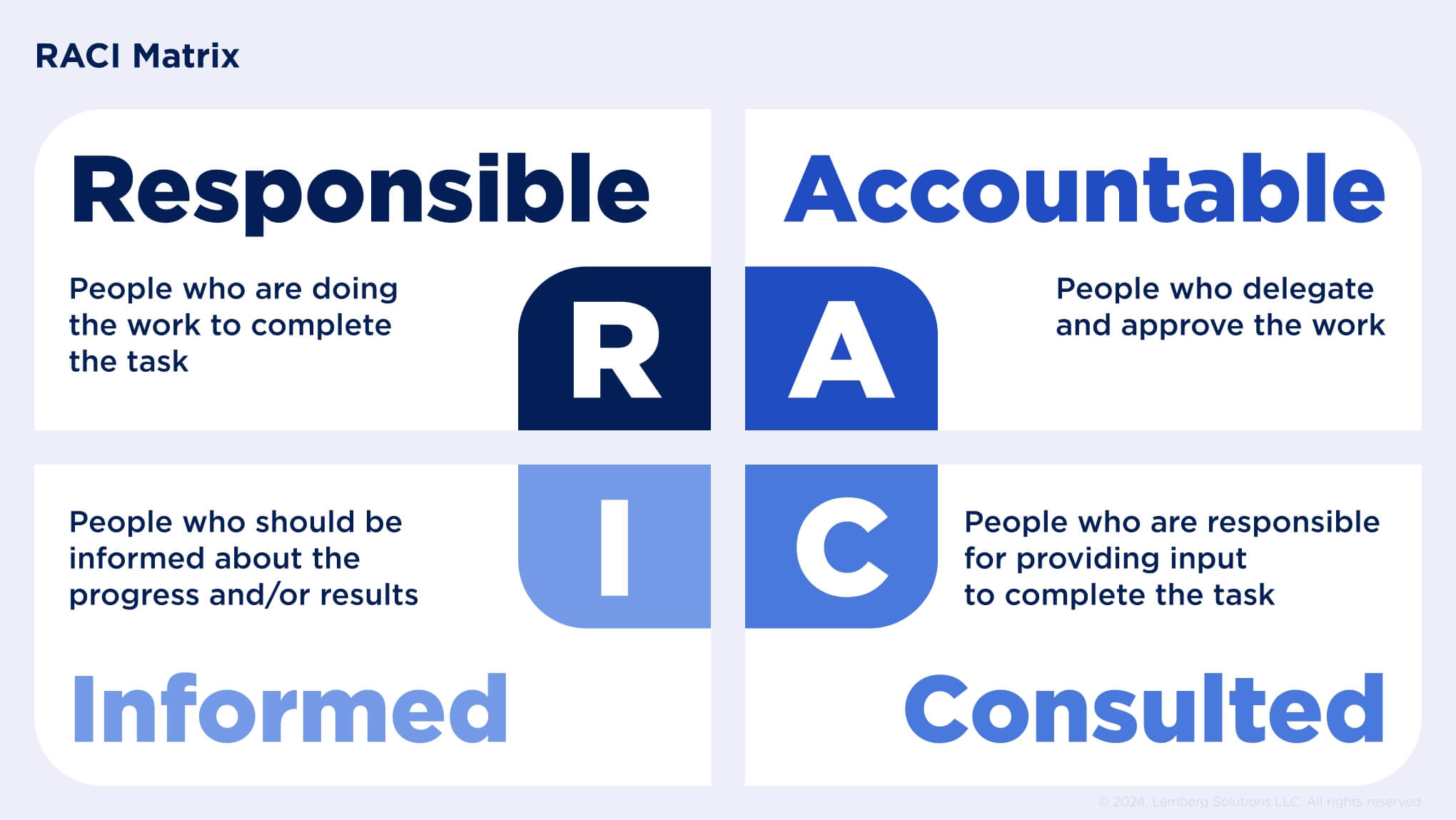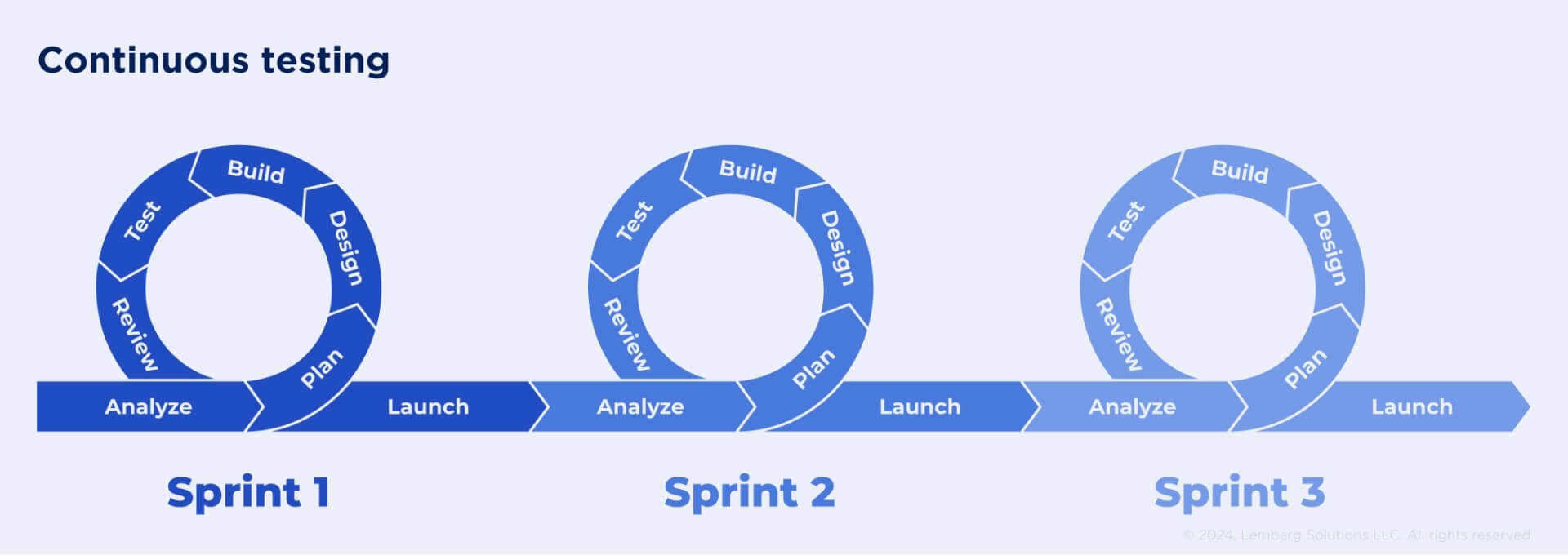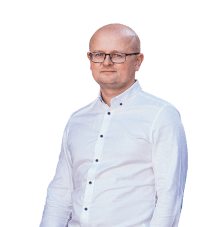The harsh reality is that most software projects are doomed from the start. Unfortunately, only one of 200 IT projects delivers planned results on time and budget, according to McKinsey.
But here is the good news – your project can avoid the risk of failure. Based on our experience, we identified key reasons for project failures and shared software delivery best practices on how to prevent them.
7 reasons for project failure and solutions for them
#1. Vague and unrealistic product vision
The initial phase of software development is always the most challenging. The reason for this is usually a lack of product vision and well-defined project scope. Without clear objectives, properly described requirements, or thorough market research, the development team is left making assumptions about what they need to deliver. The consequences of such assumptions are poor planning, inaccurate budgeting, and miscalculated deadlines.
Solution:
Investing in a discovery phase service is the best way to prevent this issue. During solution discovery, the project's idea gets validated, and the scope of work is determined based on input from the product owner and key stakeholders. After the discovery phase, you will get a clear development roadmap, including key deliverables, UI/UX wireframes, solution architecture, and tech stack.

Usually, discovery phase can take up to five weeks. It can be a problem for companies that need to start the development process right away. At Lemberg Solutions, we streamlined the discovery phase process without sacrificing quality. Focusing on the client's core business needs, we can quickly outline the essential requirements and estimations for the initial product milestone or MVP version. This way, we can lay a solid foundation for future iterations.

#2. No change management policy
It is common for project requirements to change during the development process. However, when it happens too often, or the changes are too fundamental, the process can quickly become messy. When the tasks from clients are taken into work without proper validation and estimation, the project team gets stuck in a constant cycle of reworking. This is one of the key reasons projects fail, as it not only exhausts the budget but also harms the quality of the final product, leaving the launch date uncertain.
Solution:
Experienced software development services providers know that a proper change management procedure is a must to avoid scope creep and keep the workflow well-organized. Any new change request must undergo careful evaluation, assessing its feasibility and impact on the project's timeline and budget. Once a change request is approved, adjust the development plan according to the urgency of the change and proceed with the implementation based on the established development lifecycle.
#3. Unclear roles
No matter how skilled your team is, a lack of clear role division puts the project at risk. If roles aren’t well-defined, team members are likely to exceed their areas of responsibility and disrupt some crucial processes. When people don’t have clarity on what decisions they can make or actions they can take, it ruins the development process and provokes miscommunication within the team.
Solution:
Teamwork makes a dream work, however, only when each member understands their zone of responsibility. And for this, there must be a clear framework that creates a guideline for the team to follow. Before the project starts, the project manager should set up a system with clearly defined roles and scopes of responsibilities assigned to each person.
The RACI matrix will help with this task. The RACI matrix assigns defined zones of responsibility to different team members. The system categorizes roles into the following four groups:
- Responsible – those who are doing the work to complete the task
- Accountable – those who delegate and approve the work
- Consulted – those who are responsible for providing input to complete the task
- Informed – those who should be informed about the progress and/or results.

#4. Lack of stakeholder engagement
Some business owners mistakenly believe that to implement the project’s idea successfully, it is enough to delegate the project to a top-notch software development team. However, this hands-off approach can lead to a misaligned vision of the final product and its requirements. Lack of stakeholder engagement in the development process is a critical factor in why IT projects fail. It can result in a final product that doesn’t meet business goals or align with user needs.
Solution:
The best tried-and-tested approach is to designate key decision-makers involved in the development process from start to finish. They must actively engage with the development team during every project’s milestone through well-established communication channels. As a result, stakeholders will receive timely progress updates and, in turn, provide feedback, keeping the project on track.
#5. No disaster recovery plan
Both software and human-caused incidents can occur at any time. Development projects often fail because of technical malfunctions, code deletions, and other issues. No project is immune to these risks, and the absence of a backup plan can worsen the situation even further. Without a solid plan, recovery will be time-consuming and demand more out-of-budget expenses. Apart from that, this frustrating situation can affect the productivity and morale of the team, putting the project at risk.
Solution:
You don’t need to wait until the crisis happens — establish a disaster recovery plan at the start of the project. The disaster recovery plan must outline all possible worst-case scenarios and provide step-by-step instructions for handling each. To ensure your team knows how to react in case of emergency – conduct recovery training. Additionally, monitor your system for critical security alerts or updates and set automated backups. Such measures ensure the safety and integrity of the project’s data and, in case of disaster, speed up the system recovery.
#6. Absence of security access levels
Neglecting security best practices in software development is one of the causes of project failure, as it opens the door to cybersecurity risks. When sensitive resources like passwords, documentation, and source code are not restricted to only certain team members, the entire project is exposed to data breaches. For example, without strict control over production environment access, the risk of sensitive data leakage skyrockets.
Solution:
Each team member should have access only to the parts and resources of the project they are directly involved with. Usually, it is a responsibility of a project manager to oversee access control, track the actions of team members, and identify the responsible one in case of a breach. Establishing security protocols is especially critical in industries with strict regulations. Adhering to these protocols safeguards sensitive data and reduces potential legal consequences.
#7. Late testing
If your software project consists of a long iteration with a single testing phase at the very end — stay alert — this is one of the most widespread project failure reasons. While the described approach might work for small projects, it is not suitable for medium and large-scale projects. Postponing the testing phase until the last minute can be catastrophic for business. The critical bugs or flawed functionality discovered late in the process can be costly to fix, affecting the overall project scope and timeline.
Solution:
The solution is straightforward: introduce continuous testing. Do not wait for all features to be implemented; rather, start user testing for each major feature rolled out. The project team can catch issues early by conducting regular feedback sessions during the development process and avoid last-minute “surprises.” You need professional QA experts in your team to take over the process of testing the product against the acceptance criteria. During the testing, QA engineers can verify the planned functionality and detect issues for developers to fix. Such an iterative approach guarantees you get a high-quality product at the end.

Key takeaways
As you can see, there are numerous reasons why projects fail. This failure becomes unavoidable if your software development project lacks planning and does not follow industry standards. The proven way to ensure smooth delivery is partnering with a trusted service vendor with solid SDLC-based workflows, strong security policies, and compliance with specific regulations.
Contact Lemberg Solutions to protect your project from failure with an industry-leading team of professionals with over 15 years of successful project delivery.







